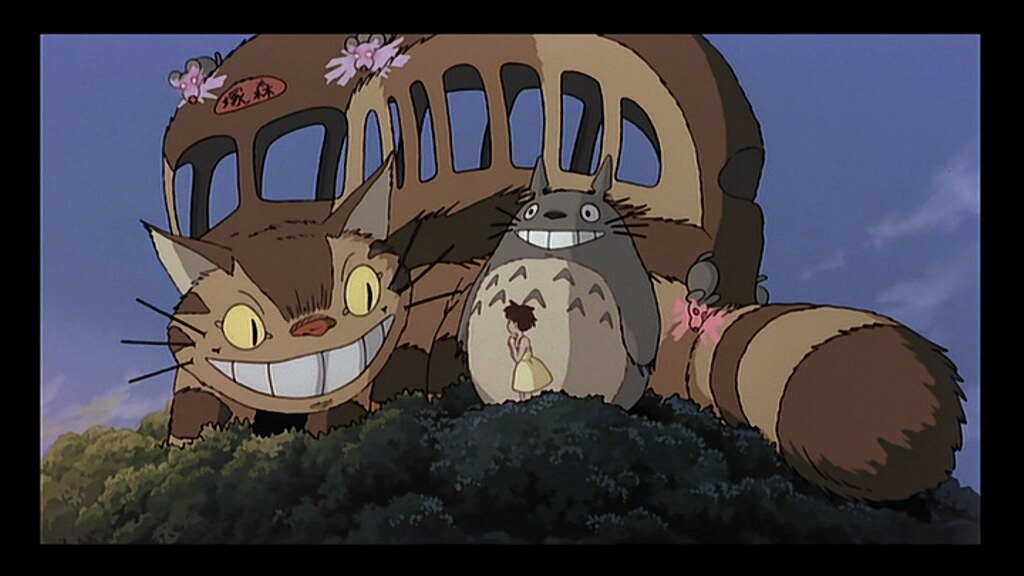18 January 2025
The Legacy of Studio Ghibli's Early Films in the 20th Century

Studio Ghibli, one of the most celebrated animation studios in the world, was founded in 1985 by directors Hayao Miyazaki and Isao Takahata, alongside producer Toshio Suzuki. The studio’s early works, released in the late 20th century, laid the foundation for its global acclaim and have left an indelible mark on the world of animation and storytelling. These films are not just cherished for their artistry but also for their profound cultural and environmental messages that resonate with audiences across generations.
The Early Works That Defined Studio Ghibli
The studio’s first film, Castle in the Sky (1986), introduced audiences to Ghibli’s signature style: stunning hand-drawn animation, imaginative worlds, and deeply human characters. This film set the tone for what would become a hallmark of the studio—an ability to merge fantastical adventures with poignant themes of humanity, technology, and the environment.
In 1988, Ghibli released two masterpieces: My Neighbor Totoro and Grave of the Fireflies. These films showcased the studio’s versatility. My Neighbor Totoro became a symbol of childhood wonder, introducing the world to Totoro, a character that has since become the studio’s mascot. On the other hand, Grave of the Fireflies was a heart-wrenching portrayal of the toll of war, proving that animation could be a medium for mature and deeply emotional storytelling.
By the 1990s, Studio Ghibli had established itself as a powerhouse in the animation industry. Films like Kiki’s Delivery Service (1989) and Porco Rosso (1992) continued to explore themes of independence, resilience, and identity, wrapped in visually breathtaking worlds.
The Global Breakthrough: Princess Mononoke
In 1997, Ghibli released Princess Mononoke, a landmark film that cemented the studio’s international reputation. Directed by Hayao Miyazaki, the film tackled complex themes of industrialization, environmental destruction, and humanity’s relationship with nature. Its darker tone and epic scope appealed to older audiences while still maintaining the beauty and magic that Ghibli films are known for.
The film was a box office success in Japan and introduced many Western audiences to the depth and sophistication of Japanese animation. It also paved the way for Studio Ghibli’s next big international hit in the 21st century, Spirited Away (2001), which won the Academy Award for Best Animated Feature.
The Artistic and Cultural Impact of Studio Ghibli’s Early Films
Studio Ghibli’s early films have influenced not only animators but also filmmakers and storytellers worldwide. The meticulous attention to detail, the lush landscapes, and the multi-dimensional characters in these movies set a new standard for animated storytelling.
Moreover, the studio’s commitment to hand-drawn animation in an era when digital animation was becoming dominant highlighted the timeless beauty of traditional methods. Ghibli’s films emphasized the importance of preserving cultural heritage, respecting nature, and understanding complex human emotions—themes that continue to resonate globally.
A Lasting Legacy
As the 20th century came to a close, Studio Ghibli had already secured its place as a cornerstone of animation history. The studio’s early works remain beloved classics, revisited by fans and introduced to new generations.
Even today, films like My Neighbor Totoro and Princess Mononoke continue to inspire discussions about the intersection of art, culture, and social responsibility. Studio Ghibli’s early films are not just a celebration of Japanese animation but a reminder of the universal power of storytelling.

Comments